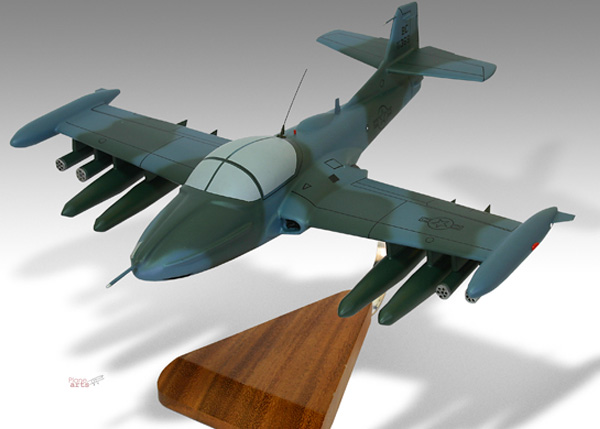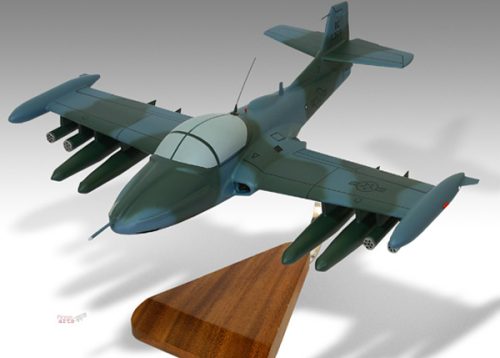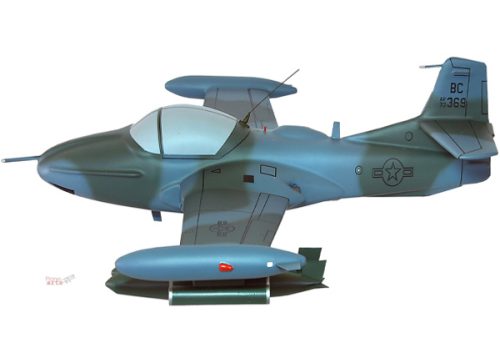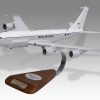Cessna 318 T-37 Dragonfly Super Tweet Solid
Production Time 9 to 10 weeks
Shipment is by FedEx, UPS or DHL International Express Courier with a normal door-to-door delivery time worldwide of within 2-3 business days after dispatch. Due to the current volatility of world fuel prices, the amount mentioned here is our best estimate for DHL and UPS and may be subject to change at the time of shipping.

Model Description: Cessna 310R Turbo II Plain Wood Finish Scale Custom Model Aircraft
Manufacturer: Textron Cessna
Wingspan: 17 Inches (43.2 Centimeters)
Height: 5.1 Inches (13 Centimeters)
Scale: 1:66
$259.50
Production Time 9 to 10 weeks
-
United States dollar ($)
-
Pound sterling (£)
-
Euro (€)
-
Australian dollar ($)
-
Canadian dollar ($)
-
Singapore dollar ($)
-
Swiss franc (CHF)
-
Japanese yen (¥)
-
Danish krone (kr.)
-
Hong Kong dollar ($)
-
Norwegian krone (kr)
-
Swedish krona (kr)
-
United Arab Emirates dirham (د.إ)
General Product Description
Our PlaneArt Cessna 318 T-37 Dragonfly Super Tweet Solid model exhibits unique, unrivaled quality and detailed design to come as close as possible to the accuracy of the actual plane. It comes as standard with a robust, durable base or stand which is available in a variety of different finishes designed to match your own personal requirements including solid wood, wood with polished metal supports or adjustable wood wall mount and will be ready within about 9-10 weeks from placement of order.
The Cessna 318 T-37 Dragonfly Super Tweet Solid model is made of the finest kiln dried renewable mahogany wood (commonly known as Lauan or Meranti) which has undergone many stages of carving and meticulous and careful sanding giving the beautiful, finished museum quality masterpiece. Many collectors and model connoisseurs demonstrate their preference for genuine handmade and hand painted mahogany wood models rather than plastic or die cast (diecast) alternatives due to the overall look and totally different feel of the item - we trust you will find the same. We can however, if required produce the same model in Solid Cast Resin so just click and contact us for further information. Our craftsmen and gifted artisans ensure that our finely handcrafted model airplanes match the precise blueprint details of the original aircraft. The paint scheme, markings and parts are closely matched, reflecting the original aircraft. This stylish top-quality desktop replica model will surely enthrall anyone who receives this as a gift and for sure one of the most appropriate and desirably collectable gifts for any aviation enthusiast or avid military jet aircraft collector whilst also displaying a perfect resemblance to the actual real life version.
There are many types of military jet aircraft, but the basic types are bombers, fighters, fighter bombers, spotter planes, transporters, patrol aircraft, trainers, and reconnaissance and observation aircraft. All these types of aircraft are used for different types of missions. If you're a fan of historic or present-day military aviation, our model aircraft will bring the excitement and character of these aircraft right into your own home.
If you require, we can also make the Cessna 318 T-37 Dragonfly Super Tweet Solid model in any other military, government or even private livery or colour scheme you require and if necessary, in a different size or scale. Just click here to contact us with a description or photographs of what you require, and we will let you have a quotation for the necessary customization by return email. We can also make bespoke scale replicas of any other private / civil commercial airliner or airliners, helicopter, glider, gliders with engines, military propeller, warplane jets, biplane, triplane, tail fin, spacecraft, rocket or NASA model you require in any airline, military or civilian livery or colors. We also produce model airships, blimps, dirigibles, blimps, boats, and ship collectibles. Wall plaque or seal for military, government or private customers. Again, by clicking here to contact us just let us know exactly what you need.

*
The Cessna T-37 Dragonfly: A Pioneering Jet Trainer
The Cessna T-37 Dragonfly, affectionately known as the “Tweet” due to its distinctive high-pitched whine, is a small, twin-engine jet trainer that has played a significant role in military aviation history. First flown in 1954, this aircraft was developed by the Cessna Aircraft Company to meet a United States Air Force (USAF) requirement for a jet-powered basic trainer. The T-37 was groundbreaking, not only for its performance but also for its role in training multiple generations of pilots in the fundamentals of jet flight.
Design and Development:
The T-37 Dragonfly’s design features are emblematic of the era’s innovation in aviation. It is powered by two Continental-Teledyne J69 turbojet engines, each producing around 1,000 pounds of thrust, enabling the aircraft to reach speeds of up to 425 miles per hour. Its straight wing design, while limiting its top speed, made it an ideal platform for training purposes, offering stable flight characteristics and forgiving handling.
The aircraft’s airframe is constructed primarily from aluminum alloy, with a semi-monocoque fuselage and tricycle landing gear, making it robust and reliable for the rigors of training flights. Its side-by-side seating allows for direct interaction between the instructor and the student, an essential feature for effective learning and correction during flight training.
Operational History:
The T-37 served as a primary trainer for the USAF and several other air forces worldwide for over five decades. It was the first jet aircraft for thousands of aspiring pilots, teaching them the basics of jet aircraft operations, aerobatics, formation flying, and instrument flying. Its simplicity and effectiveness as a trainer made it a cornerstone of pilot training programs.
Beyond its role as a trainer, the T-37 saw variations, including the A-37 Dragonfly, a light attack aircraft version developed for counter-insurgency operations during the Vietnam War. This variant featured reinforced wings for weapons carrying, increased fuel capacity, and more powerful engines, showcasing the aircraft’s versatility.
Legacy and Impact:
The T-37 Dragonfly’s legacy extends far beyond its technical specifications and operational history. It represents a significant period in aviation history, where the transition from propeller-driven to jet-powered aircraft became the norm in military training. Its impact is measured in the countless pilots who have shared the experience of their first jet flight in its cockpit, forming a common bond across generations of aviators.
Despite being retired from active service, the T-37 continues to captivate aviation enthusiasts and collectors. Its significance is preserved in museums, private collections, and through the work of manufacturers creating replica models that honor its place in aviation history.
For those interested in aviation, the T-37 Dragonfly serves as a reminder of the advancements in technology and training that have shaped the modern aerospace landscape. Its story is not just of metal, engines, and aerodynamics, but of human ambition, learning, and the perpetual quest to conquer the skies.
| Weight | 6 kg |
|---|---|
| Dimensions | 5.2 × 17 × 5.1 in |









Reviews
There are no reviews yet.